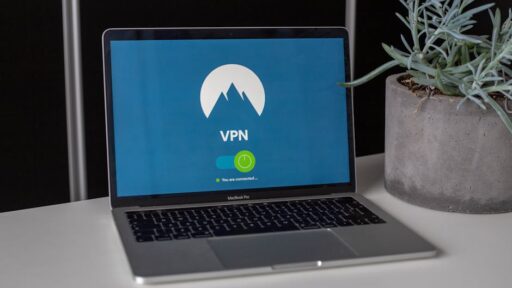Navigating Payroll for Remote Workers: Best Practices and Tips
With companies expanding their workforce across different regions, managing payroll has become a significant concern, especially when employees are scattered across various countries. This article explores key factors to consider when processing payroll for remote workers, handling taxes, and paying employees effectively.
Understanding Types of Remote Workers
Before diving into payroll processing, it is crucial to know the types of remote workers you might employ. This understanding will guide you in selecting the best payroll practices.
Payment Options for Remote Teams
1. Local Affiliate or Partner Payroll
If your company has a local affiliate or partner in your employee’s country, consider including the worker in their payroll. This approach ensures compliance with local tax and benefit systems while maintaining oversight from the home company.
2. Home Country Payroll
In certain situations, you can include remote employees in your home country’s payroll, provided they comply with both local and home country laws regarding payroll registration and tax withholding.
3. Local Payroll Services
Engaging a local payroll service provider is a convenient option for handling taxes and salary disbursement in the remote worker’s country, ensuring compliance with local regulations.
4. Independent Contractor Classification
Classifying remote workers as independent contractors can simplify payroll processes, as the worker is responsible for their taxes. However, be aware of exceptions and backup withholding requirements in certain states.
Essential IRS Forms for Independent Contractors
Form 1099-MISC
For contractors earning over $600 annually, file a 1099-MISC form by January 31st. This form reports nonemployee compensation to the IRS and the contractor.
Form W-9
Request a Taxpayer Identification Number (TIN) from contractors via Form W-9, essential for completing Form 1099.
Tools for Tracking and Productivity
Tools like Traqq facilitate employee monitoring and productivity tracking. They provide accurate time logging and productivity insights, helping you manage remote workers more efficiently.
Legal and Tax Considerations
Avoid paying remote workers ‘under the table’ to sidestep tax obligations. Not only does this pose legal risks, but it also invites IRS scrutiny, potentially harming your business. Always consult an accountant or lawyer to determine the best payroll strategies for your remote team.
In conclusion, managing payroll for remote workers involves understanding legal requirements, selecting suitable payment methods, and employing effective tracking tools. By adopting these practices, you can streamline payroll processes and ensure compliance across borders.




